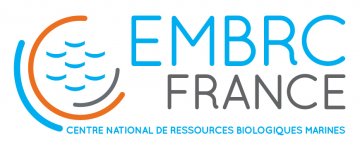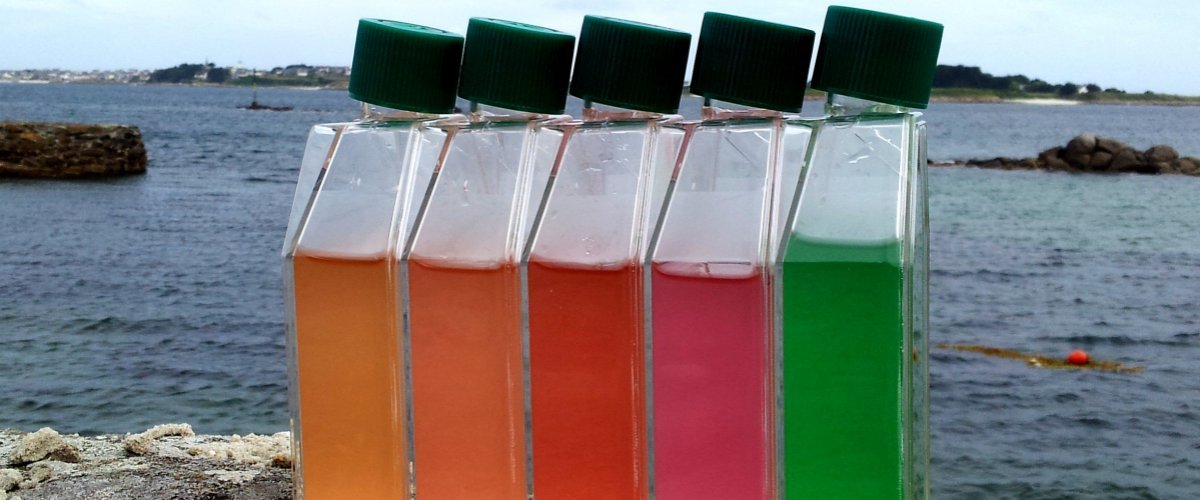From green to orange, where does the diversity of cyanobacteria colours come from?
13
Nov
2020
Cyanobacteria, which are often called blue algae, can actually adopt colours ranging from green to orange via pink, depending on the dominant photosynthetic pigment in the cells of particular species. Not all cyanobacteria, however, capture light in the same way: Prochlorococcus, for example, the most abundant cyanobacterium in the ocean, preferentially absorbs violet and blue wavelengths, while its cousin Synechococcus captures blue, green or both, depending on its pigment type. But how can this huge diversity of cyanobacterial pigments be explained? An international research team involving scientists from the Station Biologique de Roscoff (CNRS/Sorbonne Université) has just demonstrated the relevance of a long-held idea: the vibrations of water molecules.
Link(s)
BibliographY
Vibrational modes of water predict spectral niches for photosynthesis in lakes and oceans. Holtrop T, Huisman J, Stomp M, Biersteker L, Aerts J, Grébert T, Partensky F, Garczarek L & Van der Woerd HJ. Nature Ecology and Evolution, le 9 novembre 2020. DOI:10.1038/s41559-020-01330-x
ContactS
Laurence Garczarek
CNRS researcher
+33 2 98 69 34 77
laurence.garczarek@sb-roscoff.fr
Frédéric Partensky
CNRS researcher
+33 2 98 78 32 75
frederic.partensky@sb-roscoff.fr
François Maginiot
CNRS Press Officer
+33 1 44 96 43 09
francois.maginiot@cnrs.fr








